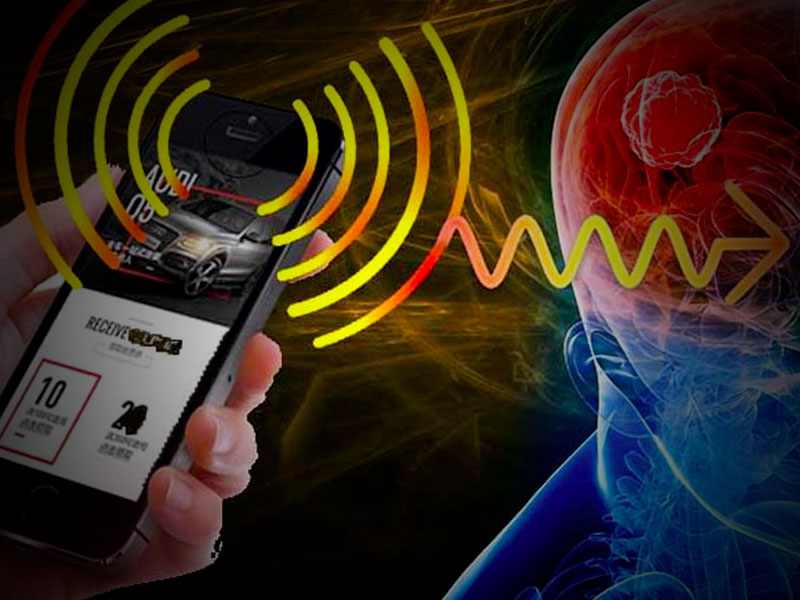In today’s fast-paced world, mobile phones have become an indispensable part of our lives. These devices have revolutionized communication, making it easier for people to stay connected and informed. However, as we become increasingly reliant on mobile technology, concerns about the potential health effects of mobile rays have garnered attention. While the scientific community continues to study the impact of mobile rays on human health, it’s essential to understand the existing knowledge and the precautions individuals can take.
Understanding Mobile Rays: The Basics
Mobile rays, often referred to as electromagnetic radiation, are a type of energy emitted by various electronic devices, including mobile phones. This radiation exists along a spectrum, which includes both ionizing and non-ionizing radiation. Ionizing radiation, such as X-rays and gamma rays, possesses enough energy to remove tightly bound electrons from atoms, potentially causing cellular damage. Non-ionizing radiation, like the kind emitted by mobile phones, has lower energy levels and is generally considered less harmful.
The specific type of radiation emitted by mobile phones falls within the radiofrequency (RF) portion of the electromagnetic spectrum. This type of radiation has been used for decades in various technologies, including radio and television broadcasting.
Current Research on Health Effects
The potential health effects of mobile rays have spurred considerable research efforts over the years. While the scientific consensus has yet to definitively establish a causal link between mobile phone use and adverse health effects, there are ongoing debates and concerns surrounding several areas.
- Cancer Risk: One of the most debated topics is whether prolonged mobile phone use increases the risk of certain types of cancer, particularly brain tumors. Numerous studies have been conducted to investigate this possibility, but the results have been inconclusive. The International Agency for Research on Cancer (IARC), a part of the World Health Organization, classified RF radiation as “possibly carcinogenic to humans” based on limited evidence. However, the overall risk remains uncertain.
- Electromagnetic Hypersensitivity: Some individuals claim to experience a condition known as electromagnetic hypersensitivity (EHS), where they report symptoms like headaches, fatigue, and sleep disturbances when exposed to electromagnetic fields, including those emitted by mobile phones. However, scientific studies have not consistently supported the existence of EHS as a medically recognized condition.
- Effects on Reproductive Health: Research into the impact of mobile rays on reproductive health has also yielded mixed results. Some studies suggest a potential link between mobile phone exposure and reduced sperm quality, while others find no significant effects. Similarly, investigations into the impact on pregnant women’s health have not yielded definitive conclusions.
Precautionary Measures and Guidelines
In light of the ongoing research and potential concerns, several precautionary measures and guidelines have been recommended to mitigate any potential risks associated with mobile rays:
- Use Hands-Free Devices: Using hands-free devices, such as Bluetooth headsets, can reduce the proximity of the mobile phone to the head and body, potentially minimizing exposure to RF radiation.
- Keep Devices Away from the Body: When not in use, avoid carrying mobile phones in pockets or directly against the skin. Instead, keep the device in a bag or on a surface to maintain some distance from the body.
- Limit Screen Time: While RF radiation is a concern, limiting overall screen time can have broader health benefits, including reducing eye strain and promoting physical activity.
- Use Speakerphone or Texting: Whenever possible, use the speakerphone function or texting instead of holding the phone directly to your ear. This can reduce exposure to RF radiation near the head.
- Avoid Prolonged Use: Limit prolonged conversations on mobile phones, especially without the use of hands-free devices. This can help reduce cumulative exposure over time.
- Choose a Low SAR Phone: Specific Absorption Rate (SAR) is a measure of the rate at which the body absorbs RF radiation. When purchasing a mobile phone, consider choosing one with a lower SAR value.
Conclusion
As mobile technology continues to evolve, so too does our understanding of its potential impact on human health. While the scientific community has not definitively established a clear link between mobile rays and adverse health effects, ongoing research is crucial to comprehensively understand the risks and benefits associated with these devices. In the meantime, individuals can take precautionary measures to reduce their exposure to RF radiation by using hands-free devices, keeping devices away from the body, and following established guidelines. As we await further scientific insights, responsible mobile phone usage remains the key to balancing the convenience of technology with potential health considerations.







